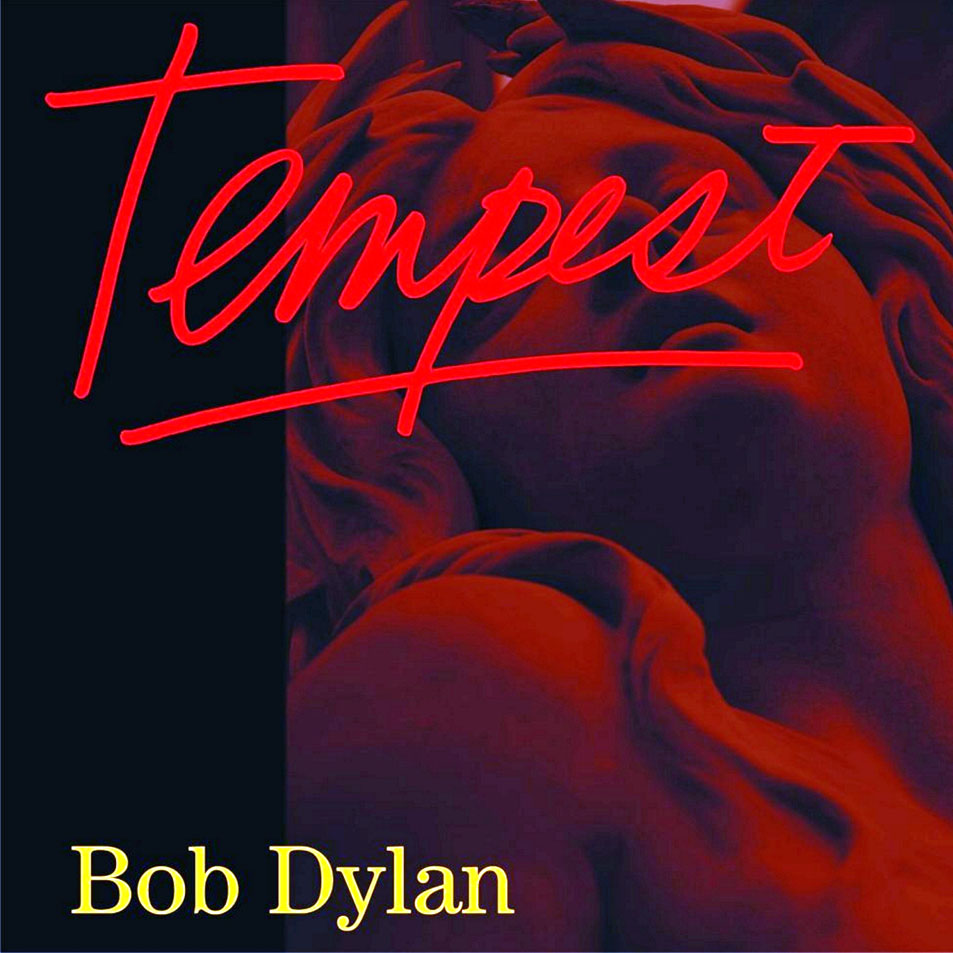
Tempest (2012)

1. Duquesne Whistle
2. Soon After Midnight
3. Narrow Way
4. Long and Wasted Years
5. Pay in Blood
6. Scarlet Town
7. Early Roman Kings
8. Tin Angel
9. Tempest
10.Roll on John
That an artist who debuted during the Kennedy administration continues to release compelling work in the 21st century is no minor feat. For most of his peers, new material has long since faded into distant memory, replaced by tours and nostalgia. Yet Bob Dylan refuses to drift quietly into the archives. With Tempest, he reasserts his place not as a legacy act but as a living, breathing storyteller—gravel-voiced, weathered, and unrelenting.
This record follows squarely in the tracks laid down by his post-Love and Theft era: Dylan has settled comfortably into his role as the grizzled balladeer. No attempts are made to rejuvenate or modernize his sound—nor are they needed. The production evokes the sepia-toned sounds of a long-gone America, resembling a Grand Ole Opry broadcast played through a dusty radio dial. There is continuity here, even predictability, but also an undeniable sense of purpose.
Musically, the album leans on well-worn grooves. Many tracks cycle through repetitive chord progressions, threatening monotony. But Dylan’s keen lyrical eye and narrative drive largely rescue them. Even when the arrangements border on the redundant—particularly on Scarlet Town and Early Roman Kings—there remains something hypnotic in their persistence, like campfire stories told at length.
Tempest is, at heart, a storyteller’s album. Dylan’s vocal range may have withered, but his pen has not. Nowhere is this more apparent than in the album’s sprawling title track—a thirteen-minute retelling of the Titanic disaster. The real surprise isn’t the length, but the content. Interwoven with historical imagery are nods to James Cameron’s Titanic, including the unlikely appearance of Leonardo DiCaprio sketching away amidst the sinking chaos. Absurd? Maybe. Effective? Completely. Only Dylan could meld folklore, pop culture, and epic tragedy so seamlessly.
The album closes with Roll On John, a belated tribute to John Lennon. Arriving three decades after Lennon’s death, it feels ghostly and slightly out of time. And yet, there’s a sincerity beneath its sepulchral air—a quiet farewell from one icon to another. Though stylistically different, it shares the same elegiac weight as Song to Woody from Dylan’s early days.
Tempest may not break new ground, but that’s hardly the point. Dylan, now in the twilight of his career, isn’t chasing reinvention. Instead, he’s distilling his vast artistic legacy into rough-hewn parables. In doing so, he reminds us that even as the voice cracks and the tempos drag, the fire still burns.
Go back to the main page
Go to the Next Review